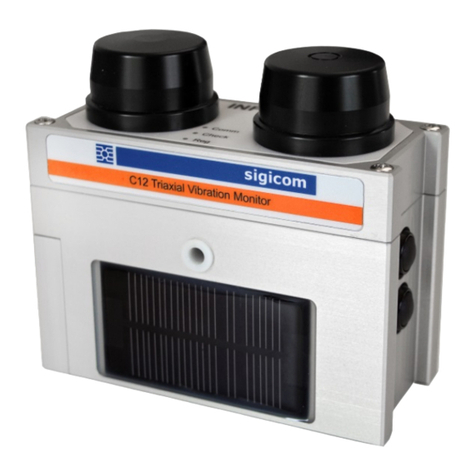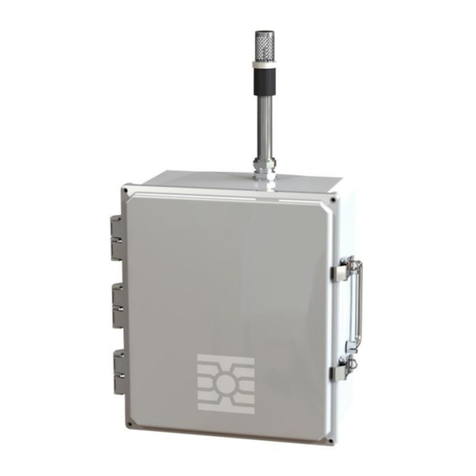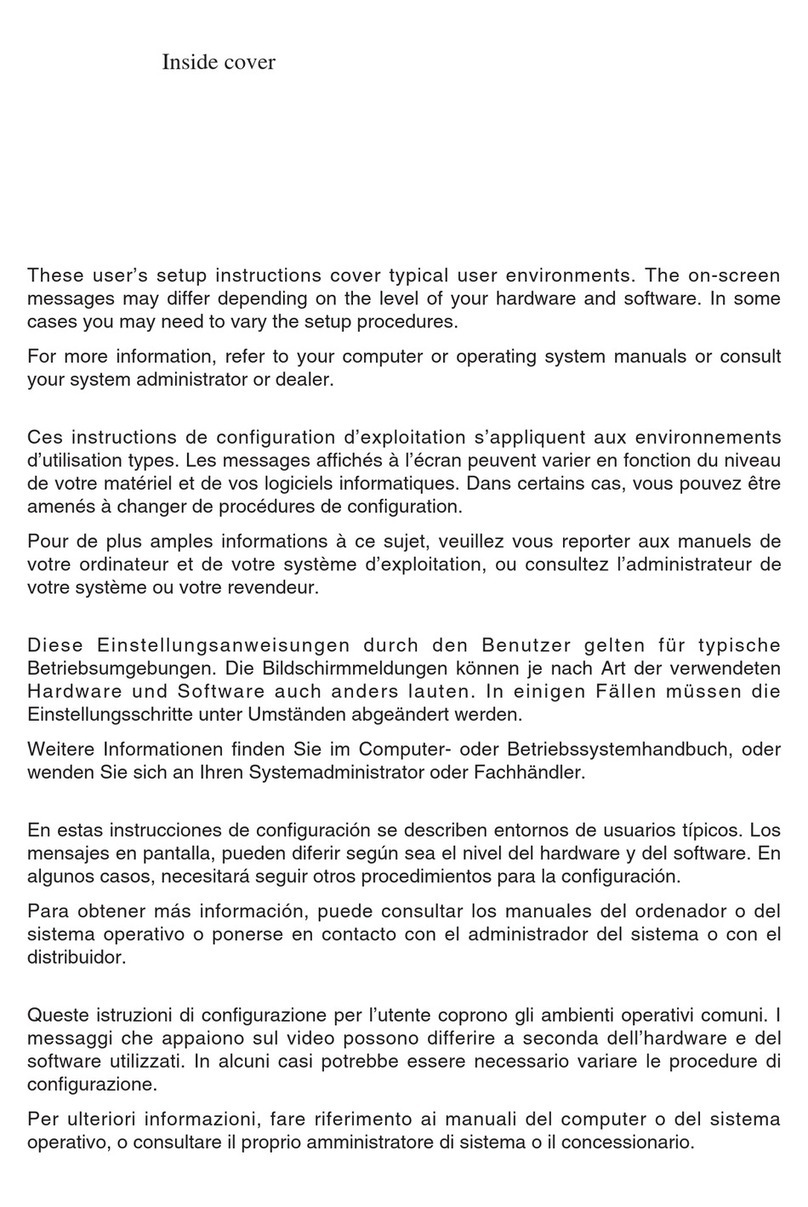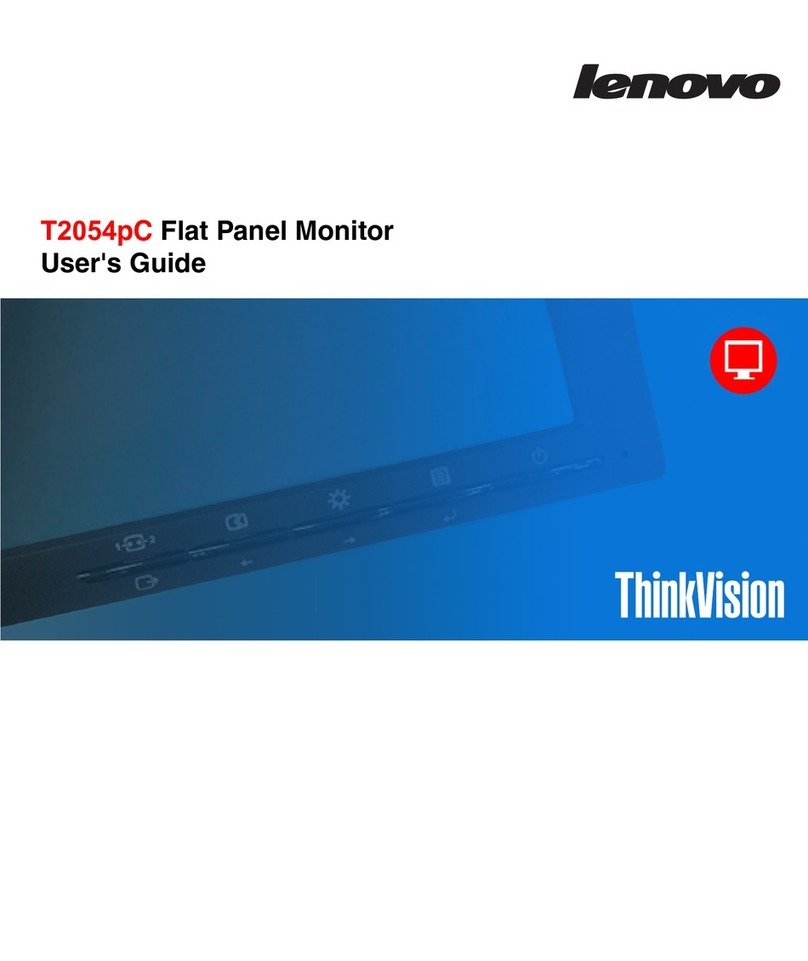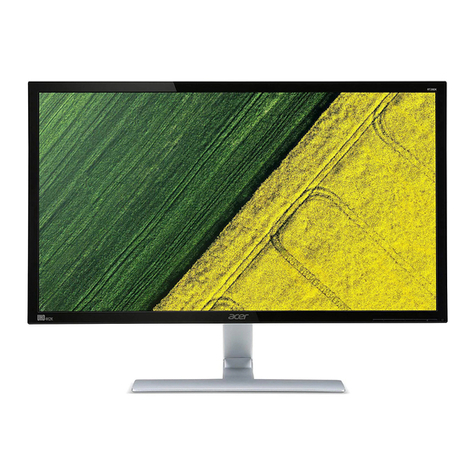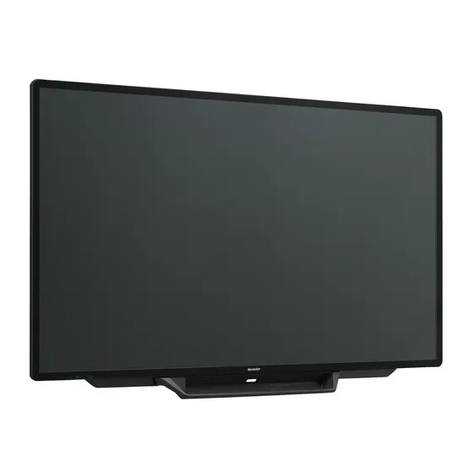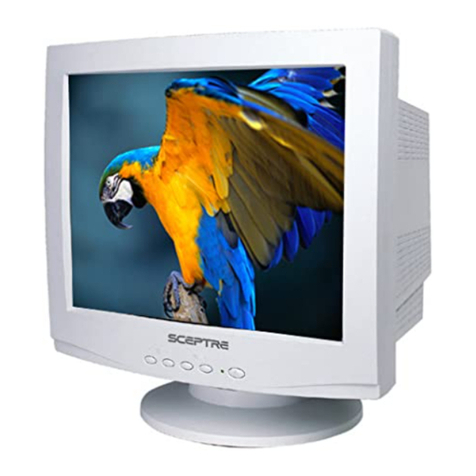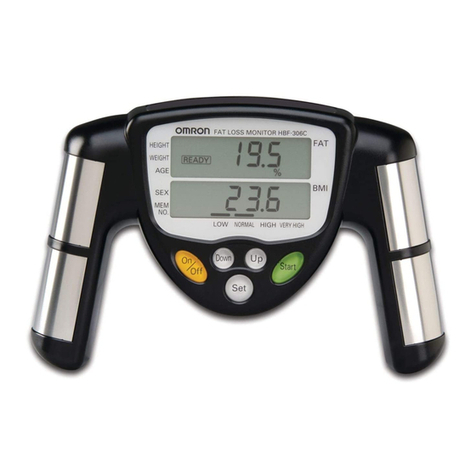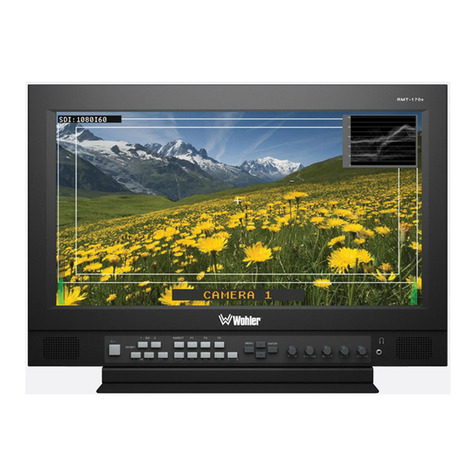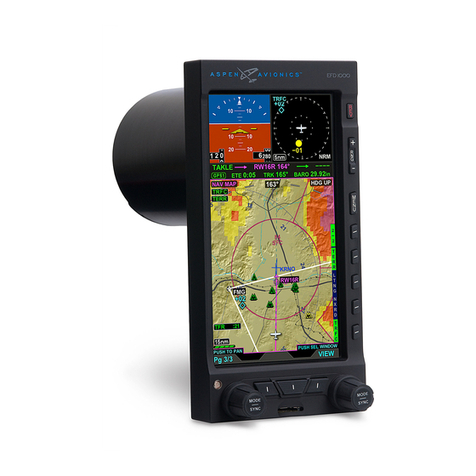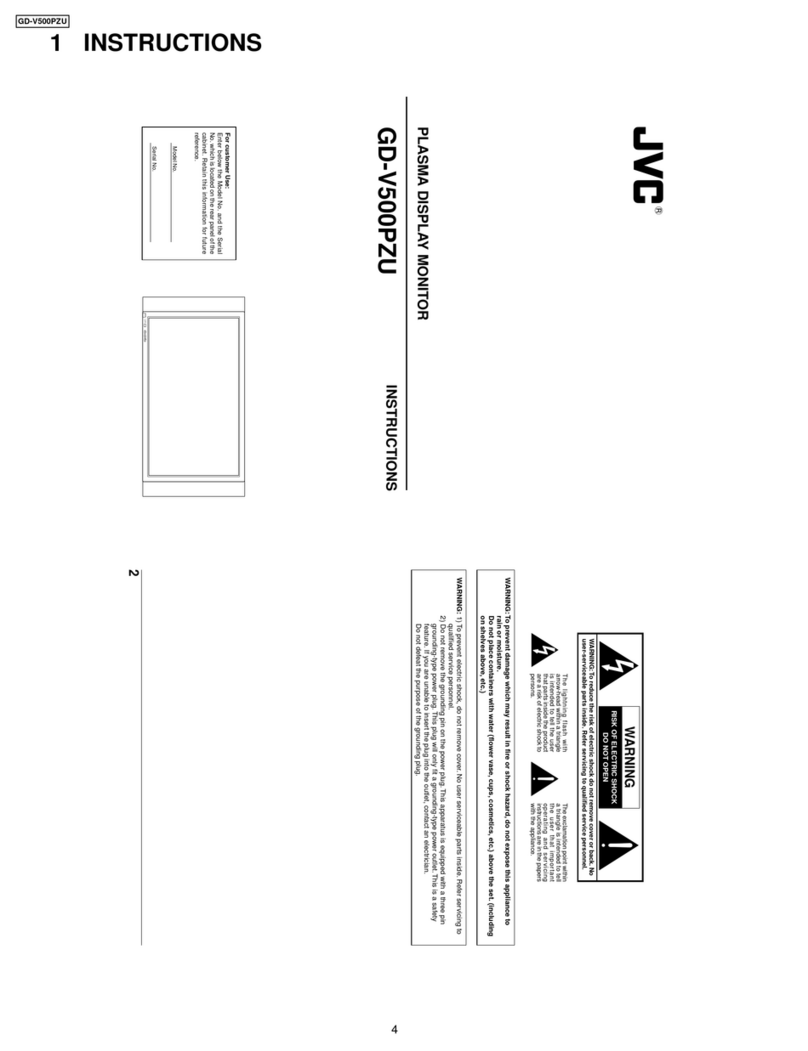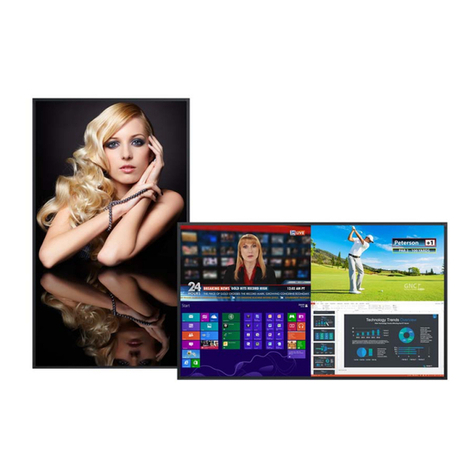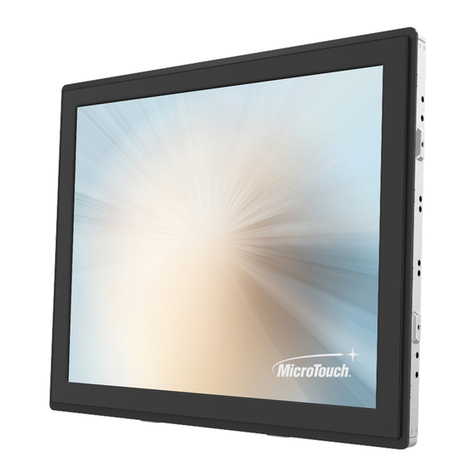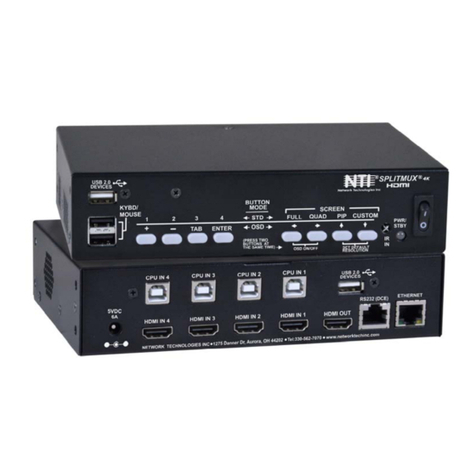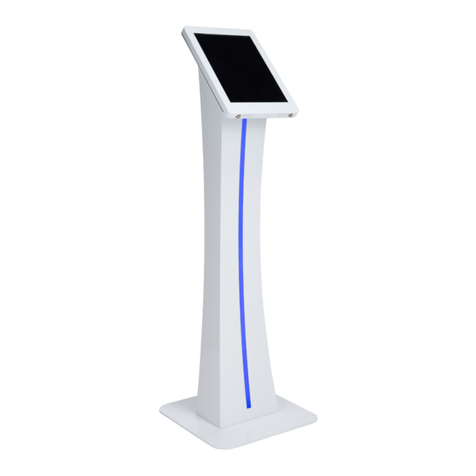Sigicom INFRA C22 User manual

Manual
Copyright © Sigicom AB 2020 Art.no. ML089-05222-0En
INFRA C22
Wireless Vibration Monitor
Art no. 080-05222-0
Manual ver. K
Valid for firmware 2.3.0

Copyright © Sigicom AB 2020
2
IMPORTANT SAFETY INSTRUCTIONS
–read this before use
Operating conditions and limitations:
•The C22 shall not be submerged.
•Safe operating temperature range is -30 to +50 ºC
(-22 to +122 ºF).
•This instrument includes built-in radio transmitters and
antennas. It should be installed away from the operator or third-
party persons to be safe; a recommended minimum distance is
1 m (3 ft.).
•Before installing the instrument, make sure there are no
restrictions of the use of radio transmitters at the intended site.
•Do not use the instrument in presence of flammable fumes or
gases, or in explosive atmospheres.
Li-Ion batteries:
•Only use batteries and power supplies provided or recommended by
Sigicom, see chapter 8Accessories.
•Do not use C22 batteries in other products than applicable Sigicom
products.
•A power source connected to the C22 must not be able to supply more
than 20V and 3A. A solar panel with maximum 25W power and with an
open-circuit voltage of 22V is allowed.
•Replacement and other handling of the batteries shall only be executed
by persons who have carefully read the instructions in this manual.
•Never keep the batteries at temperatures above 50ºC (122ºF).
•Transportation of Li-Ion batteries by aircraft is regulated by UN and
IATA. See Appendix B - Appendix D.
•Transportation by road or railway is exempt from dangerous goods
transportation regulations. Care should still be taken with handling and
packaging to avoid severe injury.
•If damaged, the batteries should be individually embedded into sand in a
sturdy plastic drum container during transport. It is also recommended
to affix a “Lithium Ion” label with an additional text: ‘Damaged
batteries’ on the package.
A worn-out battery, a battery with cracks or with signs of swelling or
leakage, shall be replaced immediately.
Note! Damaged or worn out batteries are prohibited in air freight.

Copyright © Sigicom AB 2020
3
•Never incinerate, disassemble or expose the batteries in water.
•If the terminals of the battery are shorted, the battery may become very
hot and permanently damaged.
•Prepare your warehouse and charging sites according to Appendix C
and Appendix D.
•Use stand-alone chargers in a well-ventilated room, well away from
flammable material, open fire and electric sparks.
•If the battery case is penetrated, it may burn with open flame.
This equipment falls under the Waste Electrical and Electronic Equipment
Directive (WEEE directive) 2012/19/EU, category 9: monitoring and
control instruments:
•Scrapped equipment should be sent back to the manufacturer of
the equipment (Sigicom AB) for proper handling according to
the WEEE directive.
•Sigicom uses a certified local partner for recycling of scrapped
equipment.
The batteries used in this equipment falls under the Battery Directive
2006/66/EC:
•When the equipment is sold to customers in the European Union
(EU), except Sweden, the customer is the importer of the battery.
The customer must follow the rules and regulations as ratified by
each individual European Union member state or send the
battery/equipment back to the manufacturer of the equipment
(Sigicom AB) for proper disposal.
•Swedish customers can recycle the battery in the national battery
collection system.
•Users outside the EU may send the batteries back to the
manufacturer of the equipment (Sigicom AB) for proper
disposal.

Copyright © Sigicom AB 2020
4
Table of Contents
1. Introduction ....................................................................................... 7
1.1. INFRA System......................................................................... 7
1.2. INFRA C22 Vibration Monitor................................................ 7
1.3. INFRA C22 Enclosure............................................................. 8
1.4. Unpacking and Parts Identification.......................................... 9
2. Product Description......................................................................... 10
2.1. Keypad................................................................................... 10
2.2. Display................................................................................... 11
2.3. Batteries ................................................................................. 12
2.4. External Power Connector ..................................................... 12
2.5. USB Connector (Mini-B Type).............................................. 12
2.6. Memory Card......................................................................... 13
2.7. SIM Cards.............................................................................. 13
3. Measuring Parts............................................................................... 15
3.1. Measuring Hardware.............................................................. 15
3.1.1. Vibration Sensor................................................................ 15
3.1.2. Analog Electronics ............................................................ 15
3.1.3. Analog-Digital Conversion................................................ 15
3.1.4. Digital Signal Processing................................................... 15
3.2. Measuring Logic.................................................................... 16
3.2.1. Measurement Standards..................................................... 16
3.2.2. Interval Measurements....................................................... 16
3.2.3. Transient Recording .......................................................... 18
3.2.4. Overload Handling ............................................................ 18
3.3. Data Storage........................................................................... 19
3.3.1. Transient Data.................................................................... 19
3.4. Additional Hardware.............................................................. 19
3.4.1. Humidity Sensor................................................................ 19
3.4.2. GPS Receiver..................................................................... 19
4. Configuration and Installation......................................................... 20
4.1. Configurations and Settings................................................... 20
4.1.1. INFRA Net Communication Schedule .............................. 20
4.1.2. Flight Mode ....................................................................... 20
4.1.3. Configuration Menu .......................................................... 20
4.1.4. INFRA Net Messages........................................................ 20
4.1.5. Factory Default Settings.................................................... 21
4.2. Mounting................................................................................ 21

Copyright © Sigicom AB 2020
5
4.2.1. Wall Mounting................................................................... 21
4.3. Site Startup Check.................................................................. 22
5. Operation......................................................................................... 23
5.1. Startup.................................................................................... 23
5.2. Start Monitoring..................................................................... 23
5.2.1. Sensor Test ........................................................................ 24
5.3. Stop Monitoring..................................................................... 24
5.4. INFRA Net Communication .................................................. 25
5.4.1. Automatic INFRA Net Communication............................ 25
5.4.2. Manual INFRA Net Communication................................. 25
5.4.3. More Communication Information.................................... 26
5.5. Power Off............................................................................... 26
5.6. Power Lost ............................................................................. 26
5.7. GUI Menu.............................................................................. 28
5.7.1. Monitoring config.............................................................. 28
5.7.2. Communication Mode ....................................................... 29
5.7.3. Clock Set ........................................................................... 30
5.7.4. Clock Format..................................................................... 30
5.7.5. USB Memory Interface Mode ........................................... 31
5.7.6. Firmware Upgrade............................................................. 32
5.7.7. Errors and Warnings.......................................................... 34
5.7.8. Power off and Reboot........................................................ 35
5.8. GUI Passcode......................................................................... 36
5.9. INFRA Net Remote Control .................................................. 37
5.9.1. Remote Firmware Upgrade................................................ 38
5.9.2. Remote Reboot .................................................................. 38
5.9.3. Remote Shut Down............................................................ 39
5.9.4. Remote Update GPS Position............................................ 39
5.10. Removal and replacement of Li-Ion batteries:....................... 27
6. Other Functions ............................................................................... 40
6.1. Disable Communication......................................................... 40
6.2. GPS position .......................................................................... 40
6.3. GPS time synchronization...................................................... 41
6.4. Time Synchronization through Internet ................................. 41
6.5. Daylight Saving Time............................................................ 41
7. Technical Specifications.................................................................. 43
8. Accessories...................................................................................... 44
9. Maintenance and Calibration........................................................... 45

Copyright © Sigicom AB 2020
6
10. Contact and Support........................................................................ 46
Appendix A. Battery Level Limits ......................................................... 47
Appendix B. Li-Ion Battery Transport................................................... 48
Appendix C. Safe Handling of Li-Ion Batteries..................................... 49
Appendix D. In Case of Li-Ion Battery Fire........................................... 50
Appendix E. Errors and Warnings ......................................................... 51
Appendix F. Measurement Standards.................................................... 53
Appendix G. Standards with Frequency Weighting............................... 67
Appendix H. British Standard BS 6841 (VDV) ..................................... 70
Appendix I. Set another APN (external SIM)....................................... 72
Developed and manufactured by:
Sigicom AB
Glasfibergatan 8
SE –124 45 Älvsjö, Sweden
Support: support@sigicom.com

Copyright © Sigicom AB 2020
7
1. Introduction
1.1. INFRA System
The INFRA field measurement system consists of rugged sensors which
sends data and status to INFRA Net, where it is processed, stored and
presented through a web interface. There are sensors which monitor
several important quantities at construction sites and infrastructure
projects, such as vibration, noise and dust etcetera.
All data is sent to INFRA Net, using the built-in cellular modem, at
various occasions:
•Monitoring is started or stopped.
•A trigger event has occurred.
•An error event has occurred, e.g. low battery.
•Manual communication is performed by the operator.
•At scheduled communication.
1.2. INFRA C22 Vibration Monitor
The C22 instrument is a complete triaxial wireless vibration monitor
measuring in three directions, vertical, longitudinal, and traverse. It
consists of vibration sensor elements, analog measuring electronics,
analog-digital converters, an embedded microcontroller/DSP for digital
signal processing etc., a small color display, a six-button keypad, a
memory card, a cellular modem, antennas and batteries.
The C22 instrument requires INFRA Net for full remote control
capability, data presentation, alarms/alerts configuration and setup, and
instrumentation settings. However, the majority of instrument settings can
be changed directly at the unit using the keypad/display.

Copyright © Sigicom AB 2020
8
1.3. INFRA C22 Enclosure
The enclosure base is milled out of solid aluminum and includes:
•A horizontal hole for wall-mounting (M6 or ¼” bolt).
•A vertical hole for floor-mounting (M6 or ¼” bolt).
•A front lid covering the two batteries.
•A plug at the back of the enclosure covers a desiccant bag which
needs to be replaced at regular intervals (see chapter 9).
•A plastic cap on the top covers the antennas. Removing this cap
gives access to the microSD memory card and SIM card, but
will seldom need to be opened.
•A separate hole at the lower left side of the unit may be used for
a wire to lock the unit to a fix and solid structure for theft
prevention.
•Three mounting setoff screws, located on the back of the
instrument enable sufficient, secure and plumb contact between
instrument and uneven vertical (or near vertical) surfaces. These
screws are not used for mounting (attachment) but used to
ensure that the instrument is plumb in the vertical direction
when attached (mounted) to a vertical surface.
•All lids, plugs and connectors are O-ring sealed.
Note! C22 instruments are not intended to be submerged in water.

Copyright © Sigicom AB 2020
9
1.4. Unpacking and Parts Identification
The INFRA C22 Vibration Monitor has been shipped in protective
packaging. Please keep this and use it when transporting your equipment.
Verify the package content with the following list:
•C22 Vibration Monitor instrument.
•Foam (shock protection during transportation).
•Two (2) batteries, either inserted in unit or separate.
Note! Because of shipping regulations, batteries are charged
below 30% state of charge at delivery.
•Calibration document.
Any damage or omission should be reported immediately to Sigicom.
Keep record of the instrument’s serial number. You will be asked to give
this number in any C22 related communication you may have with
Sigicom.

Copyright © Sigicom AB 2020
10
2. Product Description
2.1. Keypad
A six-button keypad is placed on the right-hand side of the unit.
Display ON / Exit / Cancel / Display OFF
Up / Increase
Down / Decrease
Monitoring start/stop
Communication status
Menu / Enter / Acknowledge / Activate
For more information about operation of the graphical user interface, see
chapter 5 Operation.
Note! The LED indicator (the green circle in the picture above) is
only used at firmware upgrade.

Copyright © Sigicom AB 2020
11
2.2. Display
A color display is used to show data and status. The start screen below
presents product type, serial number and firmware version.
Press any key, or wait for a few seconds, to proceed to the main screen:
The main screen is divided in five sections:
1. STATUS: FW-files available; Date and time; GPS timesync
enabled; external power; battery status and charging.
2. DATA: Measurement standard. Vibration data; interval (INTV)
or transient (EVT) values in three directions. Live values for
three directions = maximum over the last three seconds.
3. MONITORING status.
4. GPS and COMMUNICATION status.
5. ERRORS and WARNINGS

Copyright © Sigicom AB 2020
12
See chapter 5 for more information about the display screens.
2.3. Batteries
The power supply of the C22 has two Li-Ion batteries and uses the battery
with the highest voltage. The switch-over between the batteries is
automatic.
If the unit is firmly mounted, the batteries can be replaced one at the time
during normal operation without interrupting the measurement. A lock
lever holds both batteries in place when the battery lid is removed. See
the safety section at the beginning of this manual on how to replace the
batteries. Voltage, current, temperature and a digital identity of both
batteries are monitored to ensure safe use and charging.
Note! Make sure that both batteries are inserted.
2.4. External Power Connector
The external power connector is located at the left-hand side of the
instrument. Input for a 12V power supply is supported. When the battery
level is low, the external power will charge the batteries up to 60% to
extend battery life. For a complete charge, the batteries must be removed
from the instrument and charged separately.
Note! Use the plastic cap to protect the external power connector
when not in use.
2.5. USB Connector (Mini-B Type)
A Mini-USB connector, mainly used for maintenance, is on the left-hand
side of the unit. C22 is never powered through the USB interface. Do
never monitor vibrations with the USB connected.
When set through the graphical user interface, the memory card can be
accessible as a Windows drive via the USB interface. See section 5.8.5.
Firmware upgrade is normally performed remotely via INFRA Net but
may also be done via the USB interface. See section 5.8.6.

Copyright © Sigicom AB 2020
13
Note! Use the plastic cap to protect the USB connector when not in
use.
2.6. Memory Card
The C22 uses a microSD memory card to store recorded data, system logs
and various status files to be communicated to INFRA Net. No
configuration data is saved on the memory card.
File formats on the memory card are only compatible with the INFRA
Net server and are not described in this manual.
The memory card can be accessible as a removable drive via the USB
connector, see section 5.8.5.
If the memory card is unintentionally missing (or corrupt), an error
message will be displayed at start-up.
Please contact Sigicom Support for guidance regarding memory card
formatting or other memory card issues.
Note! Only use a memory card approved by Sigicom.
2.7. SIM Cards
If activated when ordering, the embedded SIM card is used. This is pre-
configured for the customer.
If the customer needs to use their own SIM card, a mini-SIM card can be
inserted. The mini-SIM card must have an active “M2M plan”, including
data access. The inserted mini-SIM card will then be used instead of the
embedded SIM card.

Copyright © Sigicom AB 2020
14
Figure 1. The location of the mini-SIM card
(not necessary if the embedded SIM card is used)
Note! The PIN-code lock of the removable mini-SIM card must be
deactivated before use in C22. Contact your network provider for
pin-code lock deactivation.
For activation or deactivation of the embedded SIM card, please contact
Sigicom Support.

Copyright © Sigicom AB 2020
15
3. Measuring Parts
3.1. Measuring Hardware
3.1.1. Vibration Sensor
The C22 uses three geophones with low frequency responses down to 4.5
Hz. The low frequency resonance of the geophones is electrically
dampened, and their characteristics are measured during calibration and
saved in the instrument’s calibration memory. This data is later used as
input for the digital frequency compensation used in some measurement
standards.
3.1.2. Analog Electronics
An adjustable amplifier enhances the geophone signal according to the
selected measurement standard. The signal is then low pass filtered with
an analog filter to avoid aliasing. Then the signal passes through an
analog-digital converter and all subsequent signal processing is digital.
3.1.3. Analog-Digital Conversion
All sampling is performed at 4096 Hz. The analog-digital converter has a
16 bits resolution which, at measurements up to 250 mm/s (10 in/s) in the
largest range, provides a minimum resolution of 0.01 mm/s (0.0004 in/s).
In the display, the resolution of interval values is set to 0.05 mm/s (0.002
in/s) in this range.
3.1.4. Digital Signal Processing
The main processor of the C22 is a combined general processor and a
digital signal processor (DSP). The DSP part of the processor filters,
compensates and detects the signals according to the selected
measurement standard

Copyright © Sigicom AB 2020
16
3.2. Measuring Logic
3.2.1. Measurement Standards
The C22 contains a number of pre-configured measurement standards,
used in different countries and for different types of measurements. More
measurement standards may be added in future firmware versions.
Measurement standard is selected through INFRA Net or the graphical
user interface.
Note! Remember to review all measurement settings after any change
of standard.
A more thorough description of the available measurement standards is
given in 0.
3.2.2. Interval Measurements
The C22 processes the vibration signal through the filters and detectors of
the selected measurement standard. The interval value is the maximum
value of the processed signal within a selected interval time. When the
interval end time is reached, the maximum value is saved, and a new
interval is started. The timestamp of the interval is set to the interval end
time.
The interval time can be set to a value between 5 seconds and 20 minutes.
It is set through INFRA Net or the graphical user interface.
A C22 interval has several channels. The number of channels varies
depending on selected standard and measuring circumstances. The three
normal values, V, L and T, are always stored, and are always un-
weighted, even if frequency weighting is active
1
.
1
This is different compared to e.g. INFRA C12.

Copyright © Sigicom AB 2020
17
The following additional interval channels may also be stored:
•Frequency (up to three channels). Frequency is estimated using
a zero-crossing method: the time T between two adjacent zero
crossings is used in the formula: 𝑓 = 1
2∗𝑇.The frequency value is
limited within 2Hz –512Hz. If the signal
2
is continuously low
3
,
no frequency is estimated for that channel, because the value
would not be accurate enough.
The RMS-standards also estimates the frequency for intervals,
and here the estimation is made on the signal before the RMS-
detector, using the method described above.
•Relative values (three channels). If frequency weighting is
active, weighted interval values will be stored as three relative
channel values (unit: %). They are calculated as the normal
interval value divided by the frequency weighting curve for the
selected standard. Appendix G shows some examples of this.
•Relative frequencies (up to three channels). Up to three
corresponding frequency values may be stored.
•Resultant (one channel). Calculated by, sample by sample,
finding the maximum resultant of the three processed vibration
signals.
•VDV (three channels). Vibration Dose Value accumulated over
each interval [m/s1.75]
•Accumulated VDV (three channels). Vibration Dose Value
accumulated over one day/night [m/s1.75]. Day is defined
between 07:00 –23:00, and night 23:00 –07:00.
On questions regarding the different interval channels, please contact
2
The signal here means the one filtered according to the selected standard.
3
The limit here is equal to the lowest possible threshold for the chosen standard
e.g. 0.4 mm/s (0.02 in/s) for standards with level range 250 mm/s, and 0.04 mm/s
(0.002 in/s) for standards with level range 25 mm/s.

Copyright © Sigicom AB 2020
18
3.2.3. Transient Recording
When an instantaneous value exceeds the selected trigger level for any of
the three channels, a transient recording of all three channels is initiated.
A transient recording can also be initiated via the Menu of the graphical
user interface (“Manual trigger”, see section 5.8).
Each channel has a trigger level which can be set through INFRA Net or
the graphical user interface. Their maximum and minimum values depend
on the selected measurement standard. The trigger levels are common for
all standards.
Note! It is very important to set to an adequate trigger level. When set too
high, there will be no recordings. If, on the other hand, the level is set too
low, there will be lots of (continuous) triggering/recordings, which would
lead to:
•Increase of battery consumption.
•Lots of data storage on memory card.
•High data transfer rate/cost.
The length of the recording is 1 second before the trigger point plus an
adjustable time between 1 and 40 seconds. The adjustable time is referred
to as “Record time” in the graphical user interface and “Transient time” in
INFRA Net.
For each maximum value (“EVT” in the graphical user interface) of the
transients, a frequency is estimated using a zero-crossing algorithm, see
description of this in section 3.2.2.
3.2.4. Overload Handling
If analog or digital overload occurs in one or more samples during an
interval period, the interval value of that interval period is tagged with an
overload flag. Similarly, if analog or digital overload occurs in one or
more samples during recording of a transient, the corresponding transient
will be tagged with an overload flag. In this way INFRA Net can indicate
possible overload in its interval and transient data reports.
Overload is indicated in the display with a “>” before the value.

Copyright © Sigicom AB 2020
19
3.3. Data Storage
C22 follows the data storage model for the new generation of Sigicom’s
INFRA instruments. Although data files are accessible through the USB
interface (see section 5.8.5), data is only readable after post-processing
through INFRA Net.
3.3.1. Transient Data
In INFRA Net it is possible to override the default setting, and filter
according to another measurement standard. INFRA Net includes all
implemented standard filters.
3.4. Additional Hardware
3.4.1. Humidity Sensor
The C22 is equipped with a humidity sensor. A warning message is sent
to INFRA Net if the relative humidity becomes higher than 95%. The last
measured value of the humidity can be read in the GUI, by selecting
Instrument status in the Menu, see section 5.8.
3.4.2. GPS Receiver
The C22 is equipped with a GPS receiver to locate the position of the unit
and is activated after the start of monitoring. The position data is
communicated to INFRA Net when Monitoring is started. This
functionality was added to FW-version 2.0.

Copyright © Sigicom AB 2020
20
4. Configuration and Installation
4.1. Configurations and Settings
The customer’s INFRA Net account is pre-set from Sigicom prior to
delivery and cannot be changed by the customer. Contact Sigicom
Support if this needs to be changed.
4.1.1. INFRA Net Communication Schedule
Through INFRA Net you can set which hours the C22 shall connect
(when monitoring is on). The connection will start within the first 15
minutes (randomly distributed) of each configured hour.
If there are communication difficulties, the unit will continue to connect
to INFRA Net until successful, using a time delay pattern to minimize
power consumption.
4.1.2. Flight Mode
C22 can be set in flight mode where INFRA Net (and other)
communication is inhibited, see section 5.8.2 for this configuration.
4.1.3. Configuration Menu
For setup of monitoring parameters, go to the Monitoring configuration
menu, see section 5.8.1.
4.1.4. INFRA Net Messages
All messages are handled through INFRA Net under the Messages tab.
Other manuals for INFRA C22
2
This manual suits for next models
1
Table of contents
Other Sigicom Monitor manuals
